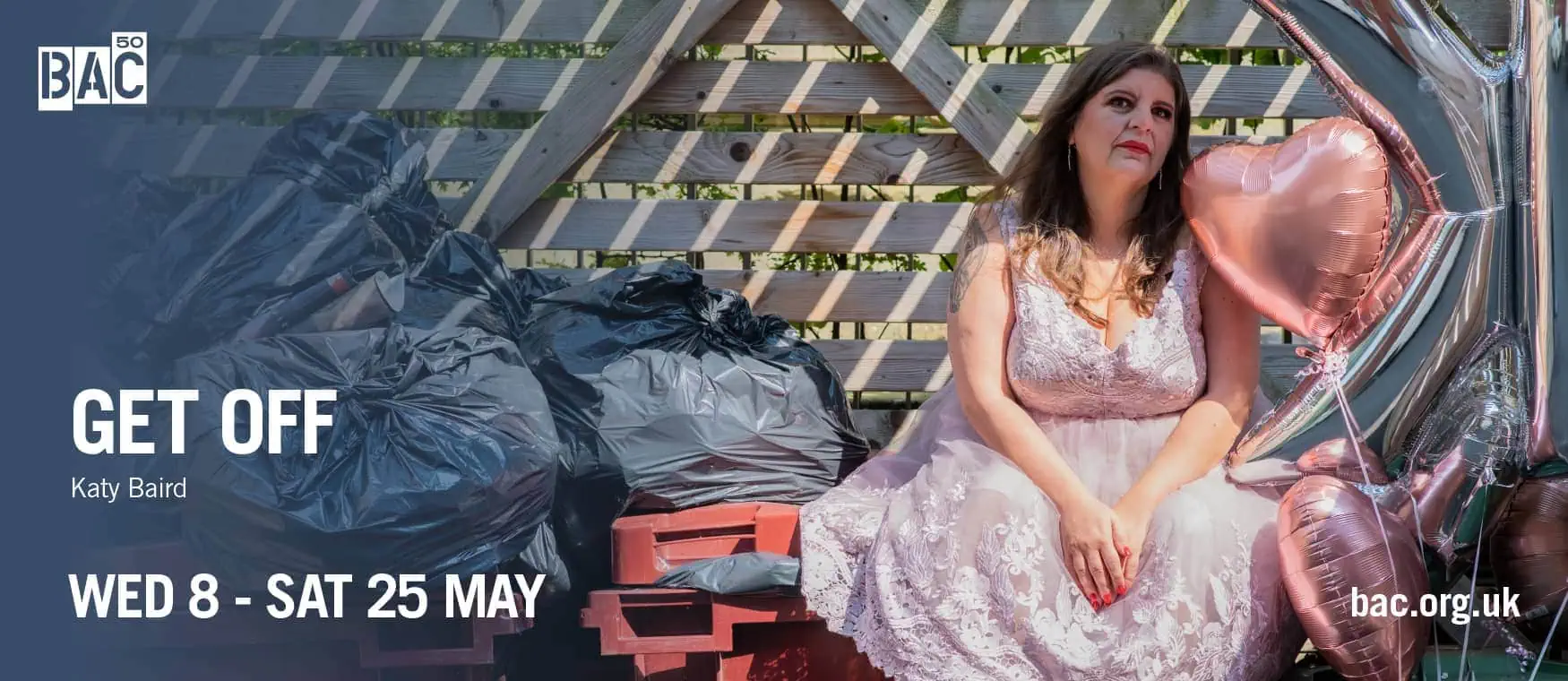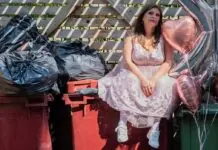This week, Sasha delves into the history of rural queer haven, Charleston House

Imagine the scene. Like Putin’s Russia today, fear of secret denunciation paralysed any prospects of nightclubbing, everyday social flamboyance, and most definitely, private, same-sex dancing to decadent jazz.
Mercifully, scattered oases of artistic- and sexual –enlightenment still existed, including, most pivotally, Lady Ottoline Morrell’s Bloomsbury group. But even with luminaries of the calibre of D.H. Lawrence and Virginia Woolf, discretion still prevailed – in London, at least.
Ah, but there was another, secret Bloomsbury beyond the dreams of bigots traumatised by male suede shoes, supposedly a flaming sign of homosexuality, and this polysexual paradise – Charleston House, near Lewes – flourished in the properly remote, unspoiled depths of East Sussex.
Originally established by mutually bisexual artists Duncan Grant and Vanessa Bell, Charleston became a legendary, if discrete haven for Queer Brittania. Artist Dora Carrington embarked on a desperate, if unrequited, lavender marriage of the soul with relentlessly homosexual writer Lytton Strachey, finally shooting herself years later as life seemed pointless with no prospect of his physical intimacy.
But fatalism hardly coloured every Charleston liaison; Forget ménage a trois conventions and think ménage a neufs, in a constantly shifting pattern of stellar talents. Among them, bisexual author David Garnett, writer of the stunningly erotic fable Lady Into Fox, which predated black urban slang by decades, and whose Aspects Of Love was tepidly and pointlessly adapted into an Andrew Lloyd-Webber farcical.
But Charleston, even now, boasts a physical loveliness and isolation that positively encourages transgression. Forget savage BPMs driving you (lady) gaga; there’s an unbroken, submarine country silence sure to provoke introspection, desire, and its enactment. With no distractions except oneself and the frisson of like-minded others, sublimated sexuality seethed like killer snakes in a sauna!
That’s beautifully obvious in the art decorating every available surface in the house. Imagine a whole frenzied, polysexual conga-line of art-fucked geniuses dripping pictorial brilliance from every fingertip, day in, day out, like multiple, faux-naive Grayson Perries on a fabulous pissing contest! It’s as if the hedonistic sentiments of Noel Coward’s Design for Living – a speculative blueprint for unrestricted gay living – have been stunningly immortalised in gorgeous lines and colour. And – in common with other crucial gay monuments like Manhattan’s Stonewall bar and Oscar Wilde’s Chelsea house – there’s an unmistakable, trademark contrast between bland facade and gorgeous interior. Just like many gay men, in fact, and, on arriving for a visit, you’ll feel that even Charleston’s exterior simply quivers with subliminal gay promise. It’s a sprawling, endlessly absorbing example of seductive elan, an urbane, English echo of Tennessee Williams’ or Jean Genet’s queerest rural raptures.
Still wonderfully preserved by the marvellously efficient, if sadly financially struggling Charleston Trust, Charleston House epitomises the sexual courage and artistic brilliance individuals needed before gay life became just another marketing demographic.
In a word, it’s essential visiting, so why not chow down on Charleston’s erudite elegance ASAP? It’s the perfect, quintessentially queer antidote to fast-track, urban frenzy, the bricks and mortar embodiment of a fabulous, opium dream! Who, truly, could ask for anything more?











